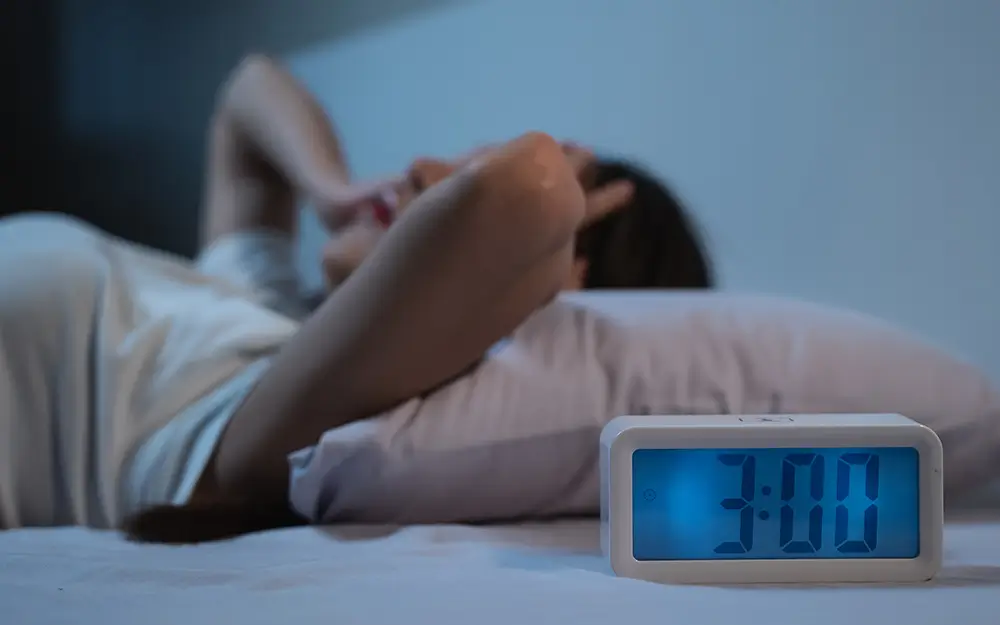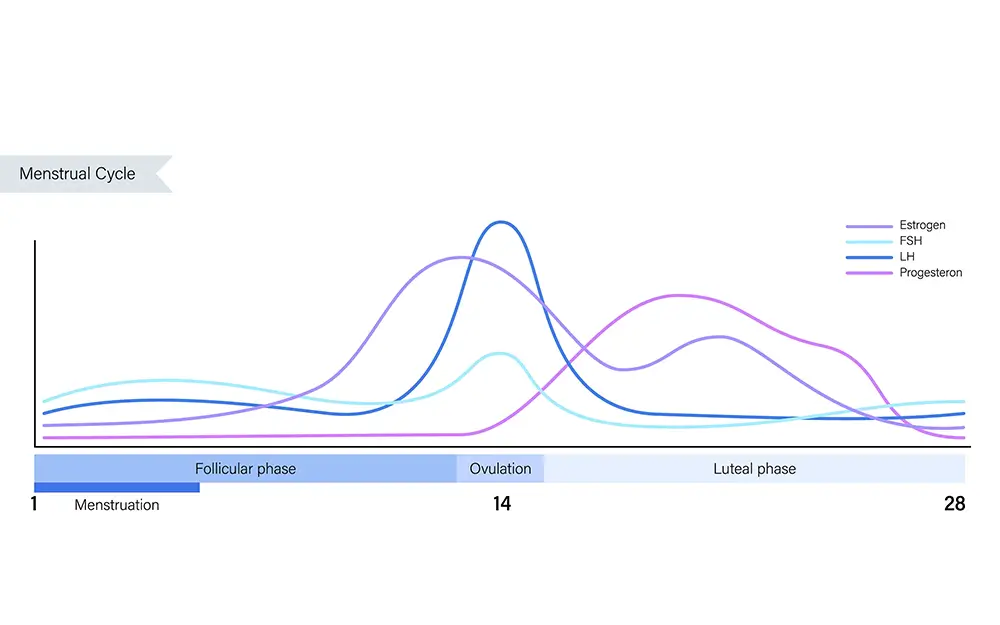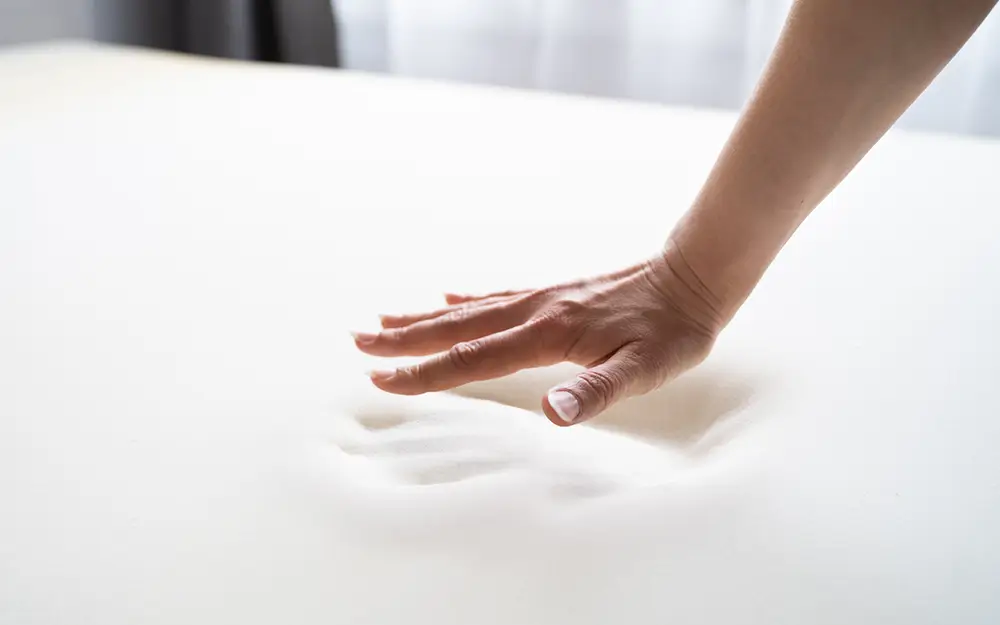Mattress Buying Advice for Women
Sleep isn’t always straightforward. For many women, it can feel even more complicated. Hormones, body changes, and different life stages all affect how well you rest – and how refreshed you feel in the morning.
That’s why choosing the right mattress isn’t one-size-fits-all. Your needs can change over time, and your bed should adapt with you.
I’m Hannah Shore, Head of Sleep Science at Mattress Online, and in this guide, we’ll explore:
- Why women’s sleep is different
- How life stages like puberty, pregnancy and menopause affect our sleep
- Common sleep challenges, such as overheating and aches
- How to pick a mattress that supports your body through it all
Better sleep starts with understanding what your body needs – and finding a mattress that helps meet those needs.

Why women sleep differently
On average, women experience poorer sleep than men. This isn’t simply about stress or lifestyle – although those matter too – but also about our biology.
These changes are mostly driven by hormones, which directly impact both sleep quality and body temperature.
Hormones like oestrogen and progesterone directly affect:
- How long you sleep
- How deeply you rest
- Your body temperature at night
These changes begin around puberty and shift again during pregnancy and menopause.

Puberty and the menstrual cycle
Hormonal changes often begin affecting sleep from around the age of 13, affecting how long women sleep for[1].
- Oestrogen peaks in the first half of the menstrual cycle (the follicular phase). It can improve sleep by boosting REM – the stage linked to emotional processing and memory. Many women notice they fall asleep more quickly during this time.
- Progesterone rises in the second half of the cycle (the luteal phase). This increases core temperature by about 0.4°C. Even this small rise can make deep sleep harder to reach, which is why some women feel restless or wake up less refreshed before their period.
Not everyone notices these changes. For some, sleep feels the same throughout the month. But if you do find yourself tossing and turning more at certain times, your hormones may be the reason.

The relationship between hormones and sleep is highly individual, though. Age, lifestyle, and overall health all play a part in how noticeable these changes are
Pregnancy
Pregnancy brings its own set of challenges for women’s sleep.
Progesterone levels rise dramatically, which can cause daytime drowsiness, while changes in body shape make it harder to find a comfortable sleeping position. Add in warmer body temperatures, and restful nights can feel elusive.
That’s where the right mattress can make a difference. A mattress that relieves pressure and adapts to your body’s changes can help you feel more supported.
For more details about pregnancy sleeping, see our pregnancy mattress guide.
Emotional load and caregiving
Sleep isn’t just physical – it’s also emotional. We sleep best when we feel secure. For many women, especially mothers, that sense of security extends to their children.
Mothers often develop a heightened awareness of their children at night. Many notice they wake easily, sometimes even before their child does.
This “night-time vigilance” can last long after children are grown, contributing to more fragmented sleep.

Menopause
Perimenopause and menopause bring hormonal shifts that can disrupt sleep in several ways:
- Temperature swings - hot flushes and night sweats can jolt you awake
- Aches and pains – sore joints and muscles make it harder to get comfortable
- Heightened pain sensitivity - poor sleep itself can heighten discomfort
These symptoms are common, but they can be exhausting. While a mattress can’t stop hot flushes, it can help regulate temperature and relieve pressure points, giving you a better chance of uninterrupted rest.
How to choose the best mattress for women
There’s no single “best” mattress for women, because your needs evolve with time. The key is to match your mattress to what your body needs right now.
What felt perfect five years ago might not be right today. Think about:
- Your current weight and body shape
- Any aches, pains or pressure points
- Whether you tend to sleep hot or cold
- Your comfort preferences
Here are two of the most common challenges – and how to address them.
1. Managing temperature
Overheating at night is a common issue, especially in the second half of the menstrual cycle or during menopause. A mattress that helps regulate temperature can make a real difference, helping to prevent discomfort caused by heat buildup.
Fibre mattresses, typically made with wool, cotton, or polyester:
Pros:
- Naturally breathable and moisture-wicking, helping you stay cooler and drier
- Natural fibres like wool and cotton help balance temperature year-round, keeping you warm in winter and cool in summer
- Polyester dries quickly and creates a cooler sleep surface

Things to think about:
- Cotton and other plant fibres can hold onto moisture, which may feel clammy if you experience night sweats
- Fibre mattresses need more maintenance as they require regular plumping and rotating keep them in good condition
Cool-touch mattress covers:
Pros:
- Mimic the “cold side of the pillow” feel
- Can make it easier to drift off, especially for hot sleepers
Things to think about:
- The cooling effect fades over time, just as a pillow warms up
- Works best when paired with breathable bedding
If overheating is your biggest issue, fibre mattresses are usually a better choice than dense foams.
2. Reducing aches and pains
If you often wake up stiff or sore, a mattress that prioritises pressure relief is key.
Foam mattresses:
- Contour to your body, helping to ease pressure on your hips, shoulders, and lower back
- Help to reduce pressure points so blood flows more freely, easing aches and that “pins and needles” feeling

Support matters too:
- Larger or heavier bodies usually need firmer support to promote a healthier sleeping position
- Smaller or lighter bodies may find softer support more comfortable on their joints
A mattress that matches your frame helps reduce tossing and turning, letting your body rest and recover properly overnight.
No mattress can erase hormonal changes, emotional load, or the physical ups and downs of life. But the right one can make those nights easier – and your mornings brighter.
Your sleep needs will keep changing, and your sleep environment should change with them. With the right support, you’ll give yourself the best chance of waking up refreshed – no matter what stage of life you’re in.
We hope this guide has helped you on your journey to better sleep. For more expert advice, visit our Sleep Journal.
Want to learn more about women’s sleep? Check out these pages:
References
- Shechter, A., Varin, F. and Boivin, D.B. (2010) Circadian Variation of Sleep During the Follicular and Luteal Phases of the Menstrual Cycle Oxford Academic. Available at: https://academic.oup.com/sleep/article/33/5/647/2454597.
About our Team
A University of Oxford-trained sleep specialist and published researcher, Hannah's dedicated to improving your sleep through evidence-backed advice and product insights.
Sales Enquiries
Mon-Sat: 9:30am - 5:30pm
Sunday: 10am - 4pm
Customer Service
Mon-Sat: 9:30am - 5:30pm
Sunday: Closed









